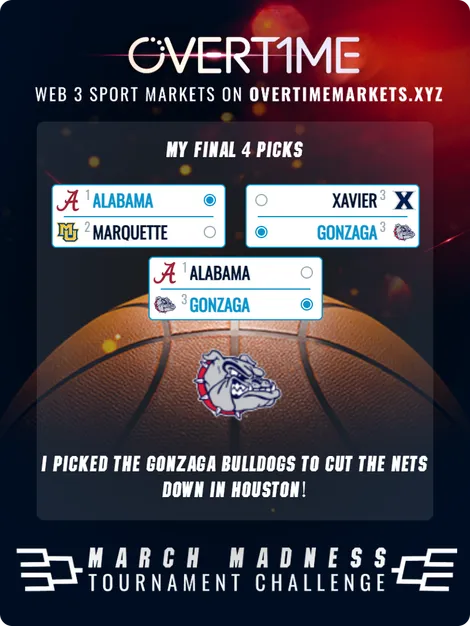
Overtime has had a busy couple of months since Heads or Thales. The sports AMM has launched on Arbitrum, TIP-99 was implemented, and the March Madness campaign is in full swing.
Overtime’s World Cup campaign provided a huge boost to users and volume. Overtime is attempting to replicate the success with its March Madness campaign. Users can mint their tournament bracket as a soulbound NFT. Top brackets will earn a share of a prize pool, and correct predictions boost incentives on NCAA basketball markets.
TIP-99
TIP-99 was just implemented on March 15, allowing THALES stakers to provide liquidity to the sports AMM.
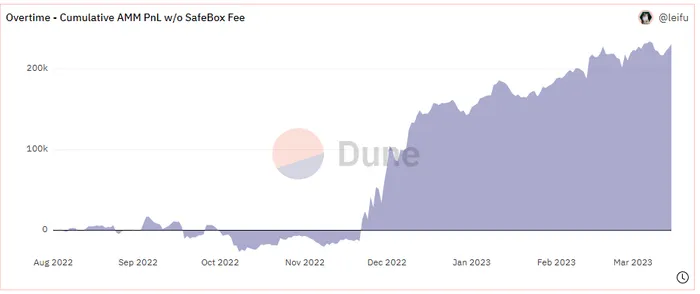
Due to the AMM’s design and the impact of the utilization ratio, predicting an APR for the vault is difficult. Given Overtime was seeded with $100K and has earned ~$225K over 7 months, we can estimate the returns will be strong. The performance to date is even more impressive when analyzing different timeframes (removal of motorsports/F1, implementation of TIP-114). Triple-digit APR is well within reason for the Overtime AMM.
In order to provide liquidity, users must stake THALES. Users can deposit $1 dollar of liquidity to the AMM for every 10 THALES staked. At the current price of $0.63, it takes a $7.30 investment to deposit $1 to the AMM. With low triple-digit APR, Overtime could support the best organic stablecoin yields in DeFi, even when diluting the yield over the entire investment (100/(6.3+1)=13.7%).
The THALES token is somewhat comparable to GMX. There are some emissions, but rewards are subject to a vesting period and the token benefits from real yield. THALES currently sits at $23M circulating/$62M fully diluted market cap. FDV in this case cannot be considered a meme, but THALES fundamentals are unlikely to deter users who are interested in providing liquidity.
Isn’t the token gating a little sleazy? Well, these are unaudited contracts so the token gating is a way to keep liquidity provision within an inner circle while rewarding loyal community members. Furthermore, Overtime is not in dire need for liquidity at the moment given its capital efficiency. Overtime’s $100K in liquidity has supported almost $9M in volume on Optimism. Its main focus is driving volume.
Parlays
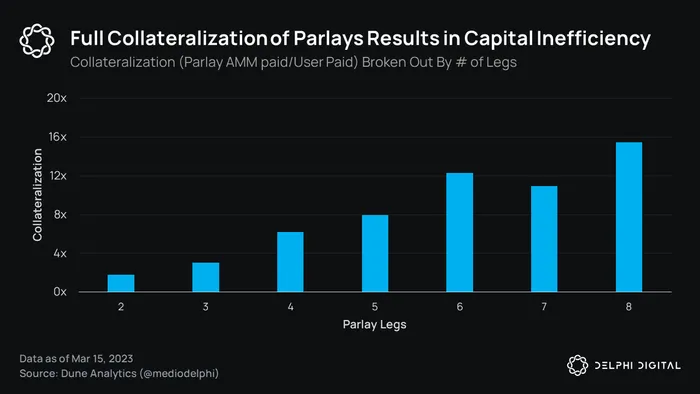
The Parlay AMM, however, is very capital inefficient, particularly for long shot bets. Overtime fully collateralizes potential parlay payouts by purchasing the constituent wagers. As Overtime continues to increase parlay upside limits, this will become even more of an issue.
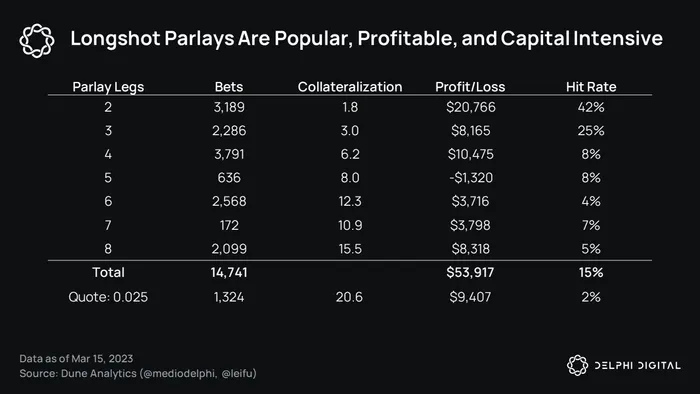
Eight-leg parlays have only been available since the Overtime launch on Arbitrum in February, and are already close to the most frequently placed bet type.
In addition to commanding a lot of capital, overcollateralization of parlays often results in an exaggerated skew impact, a cost which is passed through to the user. This can result in parlay quotes not being as competitive with Web2 sportsbooks as straight bets. The skew impact was recently reduced by 33%, which should help with this effect. Still, lowering the skew impact comes with trade offs. Steep discounts on underbought markets are a good customer acquisition tool and helps unlock the AMM’s capital efficiency. Furthermore, highly skewed markets are theoretically max EV for the AMM, since the house is taking the other side of positions sold at a high premium.
The popularity and profitability of the longer shot parlays suggests it will be important to experiment with alternative collateralization methods and pricing parameters in order to scale. While this could be alarming, parlay bets are being placed on top of the Overtime AMM, which features theoretically unlimited capital efficiency.

This could leave Overtime in a convenient situation where it can open up the Parlay AMM to the public without a token gate in order to help resolve the capital efficiency issue.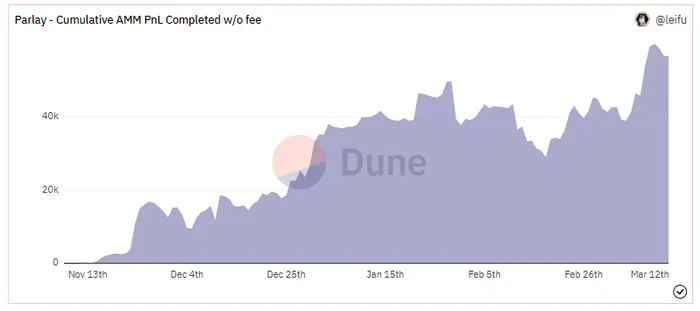
The Parlay AMM has much more of an appetite for liquidity and features a strong enough performance to offer impressive returns. Another World Cup-like boost in volume could result in significant momentum for Overtime.